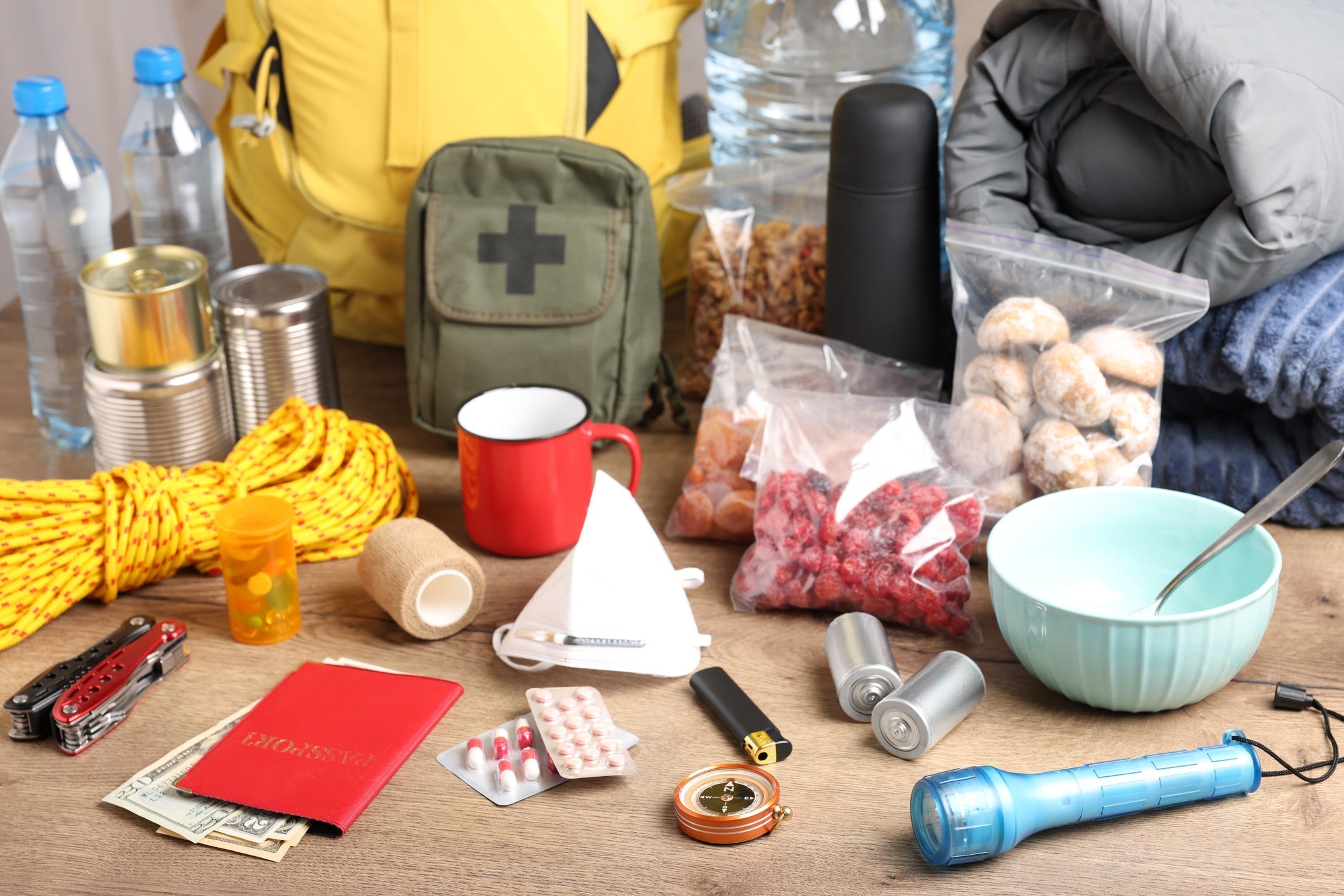In an unpredictable world, being prepared for emergencies is crucial. Emergency survival kits are curated collections of supplies designed to support individuals during unforeseen events, ensuring safety and sustenance until normalcy is restored. Understanding the various types of survival kits and their essential components is vital for effective preparedness.
Types of Emergency Survival Kits
1. Personal Survival Kits
Personal survival kits are compact and portable, tailored to meet the immediate needs of an individual. Often stored in small containers like mint tins, these kits are ideal for hikers, campers, or anyone who may face unexpected situations.
Typical Contents:
- Fire-Starting Tools: Waterproof matches or a compact lighter.
- Cutting Instruments: Small knife or scalpel blade.
- Navigation Aids: Miniature compass.
- Fishing Gear: Basic fishing line and hooks.
- Shelter Materials: Plastic sheet or large garbage bag.
2. 72-Hour Kits (Bug-Out Bags)
72-hour kits, commonly referred to as bug-out bags, are designed to sustain an individual for three days during emergencies that necessitate evacuation. These backpacks contain essential items to address basic survival needs.
Typical Contents:
- Water Supply: At least three liters of water.
- Non-Perishable Food: High-calorie energy bars and canned goods.
- Clothing: Weather-appropriate attire and sturdy footwear.
- First Aid Kit: Comprehensive medical supplies.
- Tools: Multi-tool, flashlight, and extra batteries.
3. Vehicle Emergency Kits
Vehicle emergency kits are tailored for motorists to address emergencies encountered on the road, such as breakdowns or adverse weather conditions.
Typical Contents:
- Jumper Cables: For battery-related issues.
- Tire Repair Tools: Spare tire, jack, and lug wrench.
- Emergency Signaling: Reflective triangles or flares.
- Warmth Provisions: Blankets and hand warmers.
- Basic Tools: Screwdrivers, pliers, and duct tape.
4. Lifeboat Survival Kits
Lifeboat survival kits are stored in marine vessels to aid survival at sea. They are equipped to handle the unique challenges of maritime emergencies.
Typical Contents:
- Desalination Tools: Devices to convert seawater into drinkable water.
- Signaling Devices: Flares and mirrors.
- Fishing Equipment: Nets and lines.
- Thermal Protection: Thermal blankets and rainproof gear.
5. Get-Home Kits
Get-home kits are designed for individuals who may need to travel by foot to reach home during emergencies when standard transportation is unavailable.
Typical Contents:
- Water and Purification: Bottled water and purification tablets.
- Food: Lightweight, high-energy snacks.
- Footwear: Comfortable walking shoes.
- Navigation Tools: Maps and compass.
- Weather Protection: Poncho and hat.
Essential Items for Any Survival Kit
Regardless of the type, certain items are universally recommended for all survival kits to ensure basic needs are met.
1. Water and Purification
- Water Supply: Store at least one gallon per person per day for drinking and sanitation.
- Purification Methods: Water purification tablets or portable filters to treat contaminated water.
2. Food Supplies
- Non-Perishable Items: Canned goods, dried fruits, and nuts.
- High-Energy Snacks: Granola bars and protein bars.
3. Shelter and Clothing
- Emergency Shelter: Tarp or space blanket.
- Clothing: Seasonal attire, including hats and gloves.
4. First Aid
- Medical Supplies: Bandages, antiseptics, and prescription medications.
- Manual: Basic first aid instructions.
5. Tools and Equipment
- Multi-Tool: Incorporates knife, pliers, and screwdrivers.
- Fire-Starting Tools: Matches, lighters, or fire starters.
- Lighting: Flashlight with extra batteries.
6. Communication and Navigation
- Signaling Devices: Whistle and signal mirror.
- Navigation Aids: Compass and local maps.
7. Personal Items
- Identification: Copies of personal documents.
- Cash: Small denominations for emergencies.
- Hygiene Products: Toothbrush, toothpaste, and sanitary items.
Conclusion
Assembling a well-equipped emergency survival kit is a proactive step toward ensuring safety and resilience during unforeseen events

